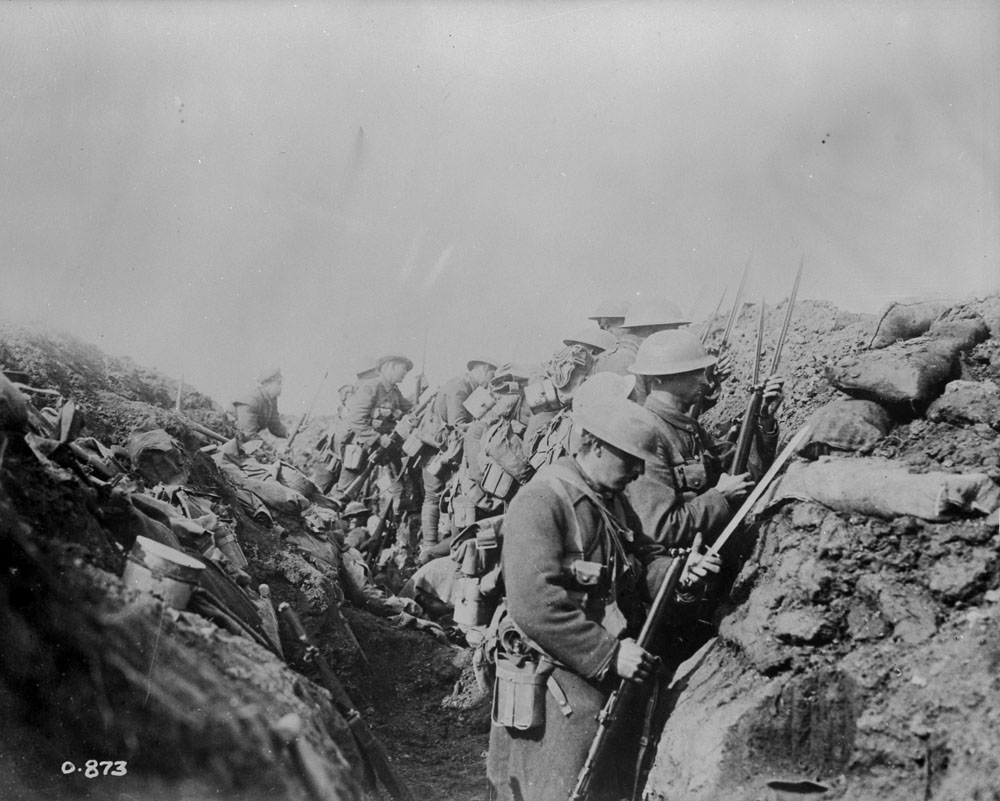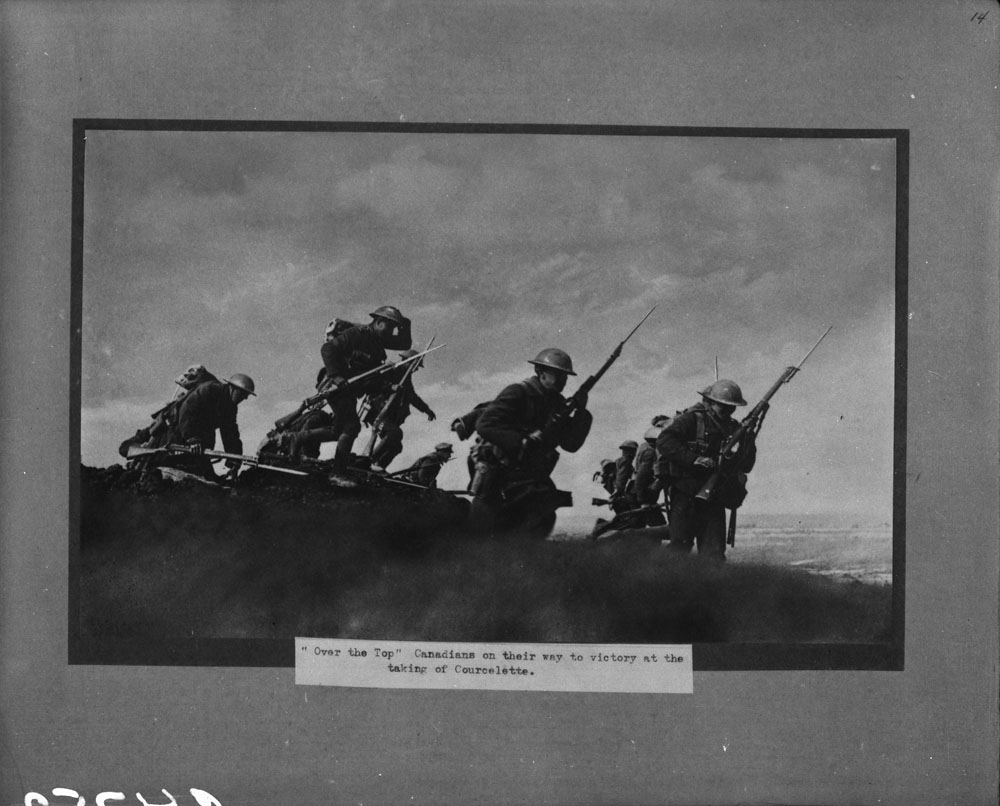
In honour of #RemembranceDay2020 tomorrow, I'll be posting quick bios of most of the commonwealth #FWW photographers - beginning today with the Brits 🇬🇧 #thread #warphotos 

Photograph is: A gas sentry ringing an alarm at Fleurbaix, 15 miles south of Ypres, June 1916, Ernest Brooks, © IWM Q 669 #warphotos
Ernest Brooks (1876-1957) was Britain’s first official First World War photographer & got his start in the Dardanelles. He was brought on on a temporary basis so that the British Propaganda Bureau could decide whether having an official photographer was feasible. 

Photograph is: unattributed portrait of Ernest Brooks, © IWM Q 24087.
He came to the Western Front in April 1916 as a permanent photographer and photographed all major engagements until the end of the war.
British soldier resting near Aveluy Wood, September 1916, © IWM Q 1340.
British soldier resting near Aveluy Wood, September 1916, © IWM Q 1340.

There’s so much to say about Brooks - we (thankfully) do know quite a bit about him. He learned photography while working in the household of a wealthy woman whose daughters needed their film developed.
Brooks also worked as an official Royal photographer but was fired in the early 1920s after some unflattering photographs of the Royal Family surfaced - though his involvement is unclear.
John Warwick Brooke (1886-1929) joined Ernest Brooks on the Western Front around mid-July 1916, meaning he didn’t make it out in time for the first day of the Somme. He had worked at the Topical Press Agency before the war. 

Brooke had been drawn from the rank and file, having enlisted in 1914. In March 1916 he was awarded a Distinguished Conduct Medal for repairing telephone cables under fire. 

Photograph is: Wounded German prisoners, captured by the 51st Division, coming in along a duckboard track. Near Trescault, 20 November 1917, John Warwick Brooke, © IWM Q 6280.
Along with Ernest Brooks, John Warwick Brooke remained on the Western Front until the end of the war. Some of his most iconic shots are of the 10th Battalion, Cameronians on March 24, 1917© IWM Q 5098-5100. 





David McLellan (1886-?) worked at the Daily Mirror before the war, and was one of several correspondents the paper sent to the Balkans to document the events taking place there in 1912. 

Photograph is: Diver of the Royal Engineers descending to repair the foundation of a bridge on the canal at Watten, 8 June 1918, David McLellan, © IWM Q 8898.
He joined the RFC in 1915 and was appointed as an official photographer in late 1917. After the war he was one of the early photography curators of the Imperial War Museum.
I never do this, but I don't have a credit for the below photograph. I snagged it from the Daily Mirror.
I never do this, but I don't have a credit for the below photograph. I snagged it from the Daily Mirror.

It's best not to play favourites, but McLellan is probably mine. I talk a lot about how he took the absolute weirdest #warphotos, and I think there's a case to be made to link him to surrealism before it even became a conscious art movement. But that's for another day. 

(I literally cannot get the IWM website to load right now to get you the proper metadata for the above photograph, but it's © IWM Q 9279) 🤦🏻♀️
The Brits were also photographed by Thomas Keith Aitken, Armando Console, and Harry Guy Bartholomew on the Western Front, and by Ariel Varges and the Grant brothers (Tom, Horace and Bernard) more in the outer theatres or non-infantry branches.
It's important to remember that the Royal Engineers ALSO did their fair share of photography in the absence of official photographers during battles like the opening day of the Somme.
Anyways, that's all for the Brits. We'll pick this up again later with the Canadians! 🇨🇦
Anyways, that's all for the Brits. We'll pick this up again later with the Canadians! 🇨🇦
Canada is now here! Check back again later for a look at the ANZACS.
https://twitter.com/CarlaJeanStokes/status/1326233054549962752?s=20
• • •
Missing some Tweet in this thread? You can try to
force a refresh












